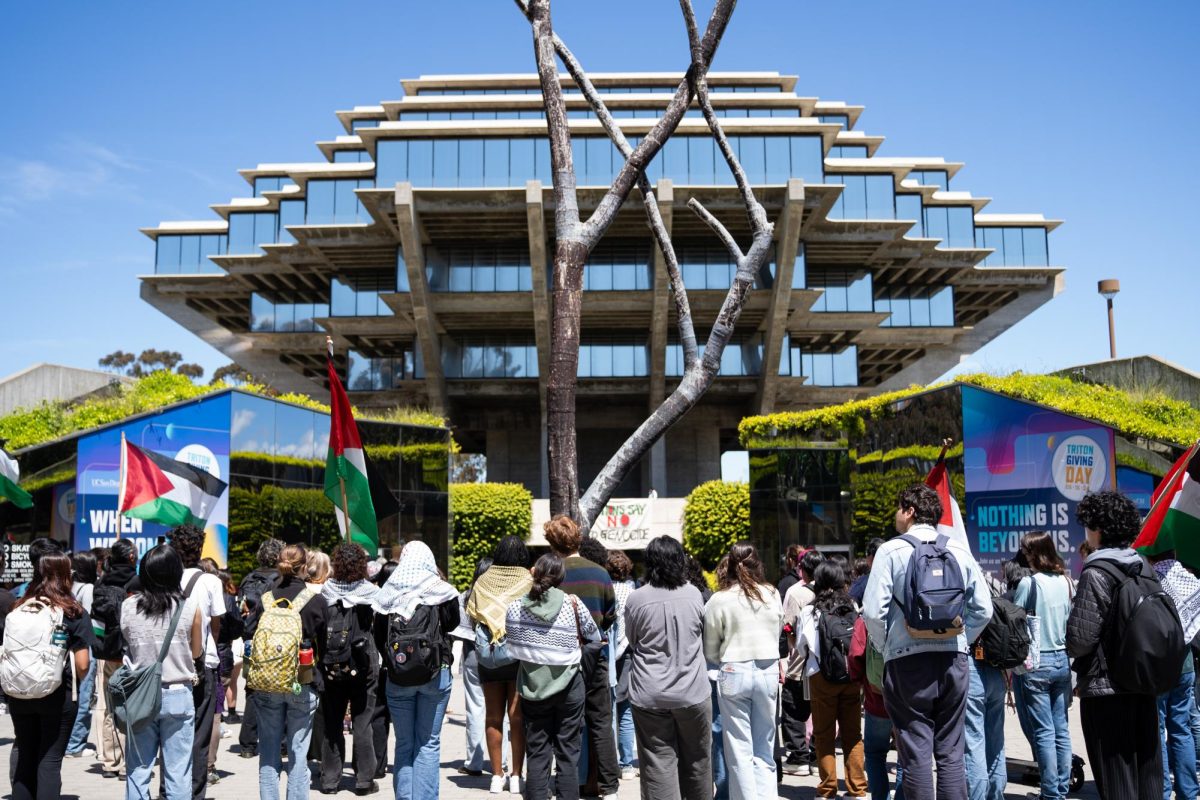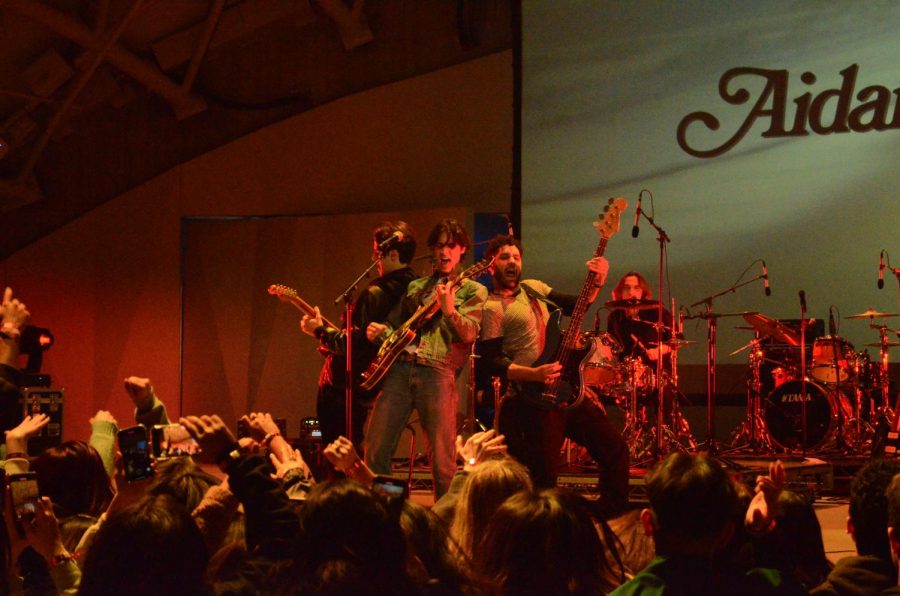Imagine a place so beautiful that the mere sight of it stopped you dead in your tracks, where sipping sugarcane rum and sunbathing on ivory-sanded beaches were the only daily duties, where vibrant blends of African and Native Indian music filled the city streets, and where the nightlife was so spectacular, it was simply a way of life. Rio de Janeiro, Brazil, isn’t heaven — but it’s pretty close. And upon arrival, it only takes a minute to realize why the locals proudly call it their cidade maravilhosa, or “marvelous city.”
There is a plethora of amazing sights to see in Rio, but none are more essential than the Pao de Açúcar and the Corcovado. Pao de Açúcar, which means “sugar loaf” in Portuguese, is a 1,330-foot peak covered with a lucious jungle that offers stunning views of the entire city. A taxi can be taken to the summit for $15 to $20. If you are looking for a cheaper option, there are cable cars which leave every half an hour from Praça General Tiburicio for about $11.
At 2,330 feet, Corcovado, or Hunchback Mountain, is the tallest peak surrounding the bay of Rio. Atop it rests the famous Christo Redentor, the Christ the Redeemer, a 98-foot statue of Christ with arms outstretched, who, according to inhabitants, protects Rio de Janeiro from harm. Corcovado, like Pão de Açúcar, gives visitors a stunning panorama of Rio and a perfect opportunity to go crazy with their cameras. It is also home to dozens of wild monkeys eager to play with passersby. Corcovado can also be reached by taxi or cable car for about the same price as Pão de Açucar.
A walking tour of Rio is most conveniently started at the Praça Floriano, which is located at the very center of the city. Here you can linger around the cafes, shops, museums and restaurants for hours watching the lively street performers and mingling with the friendly locals. Some nearby sights not to be missed are the Museu Nacional de Belas Artes, Rio’s premier fine art museum, the Paço Imperial, or royal palace, and the Convento Santo Antonio, one of the city’s oldest and most treasured cathedrals.
After a long day of sightseeing, relaxation is key. Rio offers some of the most breathtaking beaches in South America, which are perfect for just winding down. The two main beaches are Copacabana and Ipanema. Copacabana Beach is a 2.8-mile stretch of beautiful white sands and sapphire-blue ocean waters. During the day, it is filled with tourists and sunbathing Brazilians, which make it a fantastic place to strike up a game of volleyball, socialize or simply enjoy the scenery. The Avenida NS de Copacabana, the promenade that lines the beach, is loaded with quality hotels and restaurants and is the best place to search for budget accommodation. Some good options are the Copacabana Praia Hostel with dorm beds for $13 and the Apa Hotel with double rooms for $50.
If you are looking to avoid the crowds, Ipanema Beach is equally beautiful and not as focused on tourism as Copacabana. This beach is home to some of the richest residents in Rio, and for that reason the scene is much more posh and upscale. Accommodations here can be more expensive, but it’s usually much cleaner and safer than that of Copacabana. A decent budget hotel is the Hotel San Marco. It is two blocks from the beach and has rooms for $50 to $60.
Dining in Rio is a must. For authentic Brazilian food there’s only one place to be, a churrascaria, or Brazilian barbecue. At a churrascaria, waiters come by guests’ tables every few minutes, and on command serve thick shanks of a variety of savory meats. These meats are often accompanied by slices of grilled pineapple or mango. There are also all-inclusive buffets, with salad stations, assorted Brazilian seafood delicacies and a sushi bar. Diners pay one fixed rate, usually about $6 to $10, and it’s all you can eat, so come hungry. At Copacabana Beach, The Palace has fantastic Brazilian barbecue for $6.95 per person. If you want to relax, try their caipirinhas, which are Brazilian rum drinks made with limes and rock sugar.
No trip to Rio de Janeiro would be complete without indulging in its wild nightlife. Copacabana, the center of Rio’s nightclub and sex industries, has a seemingly endless list of places to choose from, but none is bigger or hotter than Club Help. Reputedly the biggest nightclub in all of South America, Club Help is swarming with beautiful people from all around the world looking to dance, drink and party until the sun rises. Blasting all night is a wide variety of hip-hop, trance, salsa and samba music mixed by some of the hottest DJ’s from both Latin America and Europe.
If you’re looking to avoid the insanity of Copacabana and Club Help, the more upscale Club Nooch is 15 minutes outside of Rio by taxi. This two-floor dance club is a hot spot for well-off Brazilian youths and the dress code is strictly enforced. Drinks are $2 each and Brasileira and samba music are on heavy rotation.
Rio de Janeiro’s reputation as Brazil’s cidade maravilhosa is well deserved, and a one-week trip would only begin to do it justice. Brazil offers much more than just Rio, however. Surrounding cities such as Fortaleza, Salvador, Porto Seguro and Canoa Quebrada, just to name a few, are all equally exciting and rich with culture and flavor. And although it is a bit pricey to travel to Brazil, once you go, you’ll never be the same.







